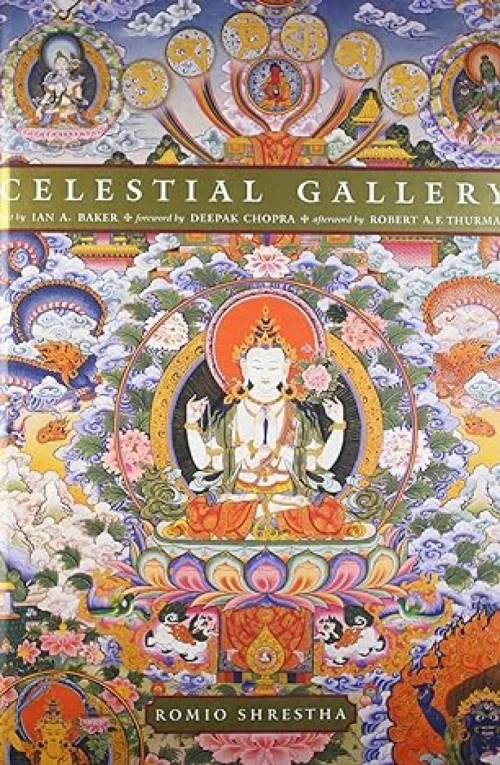Bonpo Dzogchen Teachings: According to Lopon Tenzin Namdak
Nowadays there are two principal philosophical traditions followed by Tibetan Lamas. The first is found among the Sarmapas, or Newer Schools, which employ the Prasangika Madhyamaka view of Chandrakirti, not only in explicating the real meaning of the Sutra system but also in their interpretation of the Tantras. The second is found among the two Older Schools, the Nyingmapa and the Bonpo, which emphasize the Dzogchen point of view in elucidating their understanding of the Higher Tantras. Among the Older Schools, Dzogchen, "the Great Perfection", which lies beyond the process of Tantric transformation, is regarded as the quintessential teaching of the Buddha, pointing directly to the Nature of Mind and its intrinsic awareness, known as Rigpa. However, according to Lopon Tenzin Namdak Yongdzin Rinpoche, the leading Dzogchen master among the Bonpo Lamas living today, "It is necessary for us as practitioners to know what Dzogchen is, how to practice it, and the result of this practice." Lopon Rinpoche undertakes this task in a series of nine teachings he gave some years ago to Western students interested in the view of Dzogchen and its practice in meditation. Here the Lopon compares the Dzogchen view with the views of Madhyamaka, Chittamatra, Tantra and Mahamudra, clearly indicating the similarities and the differences among them. Unlike the traditional educational system found in other Tibetan monasteries, at Tashi Menri Monastery and at Triten Norbutse Monastery, both now re-established in India and Nepal respectively, Dzogchen is not restricted to private meditation instruction only. Rather, it is brought out into the daylight of the marketplace of philosophical ideas and discussed in relation to the viewpoints of Sutra and Tantra. The Lopon's exceptionally clear exposition of these various views, which have consequences for one's meditation practice, will be of interest to Western students and practitioners.











